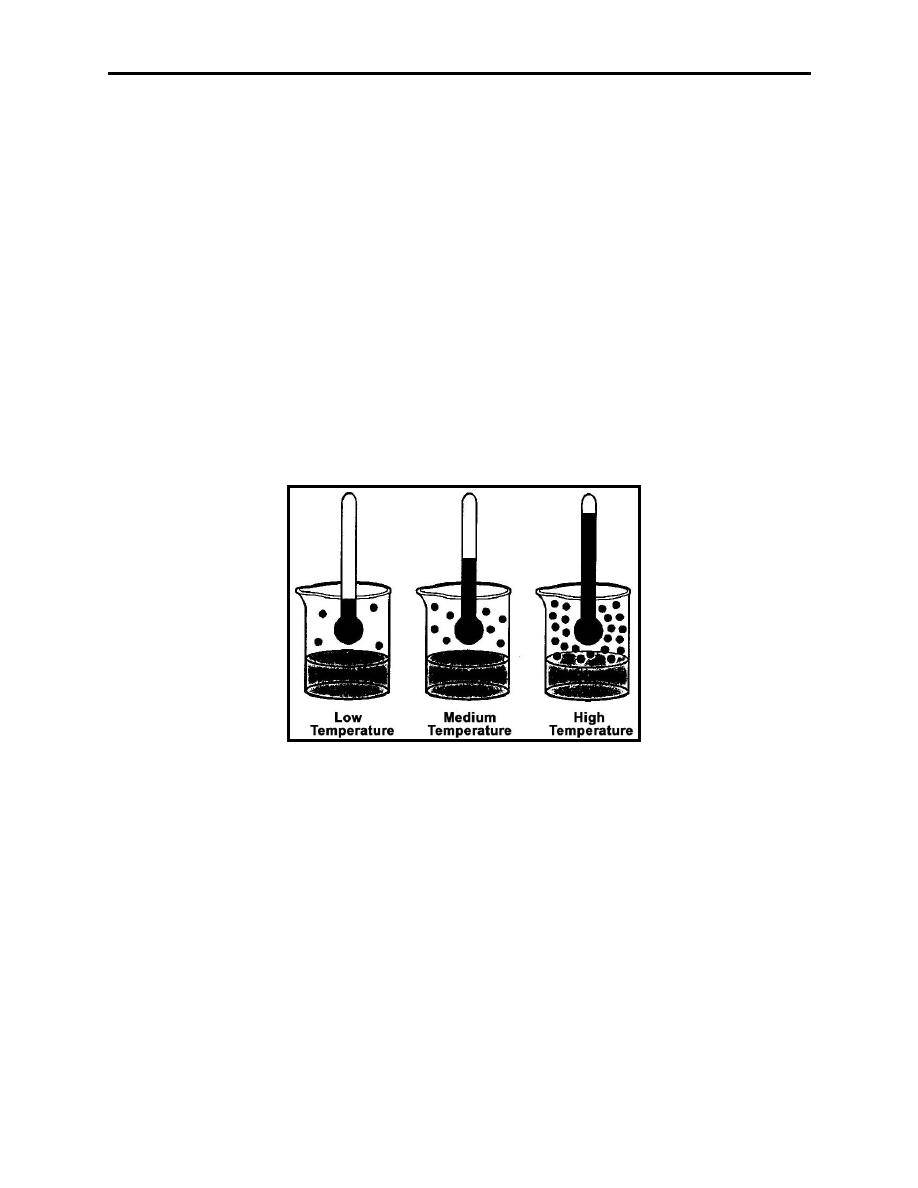 |
|||
|
|
|||
|
|
|||
| ||||||||||
|
|  AVIATION WEATHER
CHAPTER TWO
At night, the air in contact with the mountain slope is cooled by outgoing terrestrial radiation and
becomes more dense than the surrounding air. As the denser air flows downhill, from the top of
the mountain, it is called the mountain wind, and a circulation opposite to the daytime pattern
forms.
These winds are of particular importance for light aircraft, helicopter, and low-level operations.
In mountainous areas where the performance of some fixed-wing aircraft or helicopters is
marginal, the location of mountain and valley winds can be critical.
Atmospheric Moisture
Moisture is water in any of its three states: solid, liquid, or gas. As water changes from one state
to another, it releases (or absorbs) heat to (or from) the atmosphere. For example, when water in
the atmosphere freezes, it releases heat into the air, and the air becomes warmer. Air can hold
only a certain amount of water depending on the air temperature. The higher the temperature,
the more water vapor the air can hold (Figure 2-13). The air reaches saturation when it contains
the maximum amount of water vapor for that temperature.
Figure 2-13 Dots Illustrate the Increased Water Vapor Capacity of Warmer Air
The dew point temperature (TD) is the temperature at which saturation occurs. The dew point is
a direct indication of the amount of moisture present in the air. The higher the dew point, the
greater chances for clouds, fog, or precipitation.
If there is a difference between the air temperature and the dew point temperature, this is known
as the dew point depression or dew point spread, and the dew point will always be the lower of
the two. The dew point can never be higher than the air temperature, only equal to or less than.
This spread provides a good indication of how close the atmosphere is to the point of saturation.
When the dew point depression reaches about 4F, the air is holding close to the maximum
amount of water vapor possible. If this spread continues to decrease, moisture will begin to
condense from the vapor state to the liquid or solid state and become visible. This visible
moisture can form dew or frost on exposed surfaces, fog near the ground, or clouds higher in the
Atmospheric Mechanics of Winds, Clouds and Moisture, and Atmospheric Stability
2-13
|
|
Privacy Statement - Press Release - Copyright Information. - Contact Us |